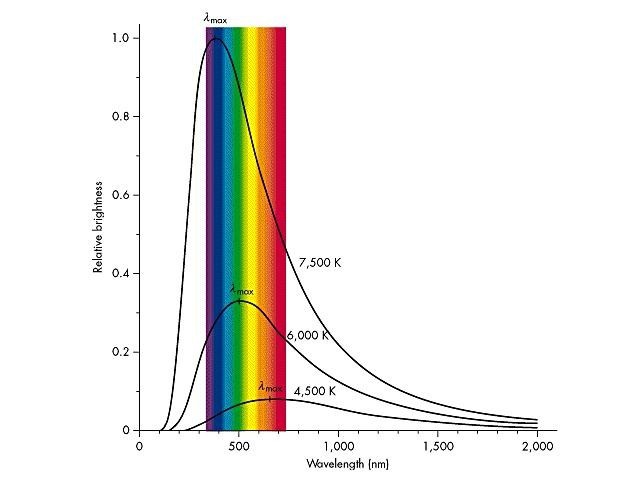To answer the question, what is internalenergy, let's recall the example that the school teacher brought, explaining the meaning of the kinetic and potential energies. In simple terms, the first is the energy of displacement that any moving body has, and the second is the unrealized ability to perform a job. And both these energies are able to "flow" one into another.
Let's use an example.On a plastic surface (lead sheet) is a heavy metal ball. We take it and raise it to the height of the outstretched hand. While he was moving to the upper point, his kinetic energy decreased, and the potential increased, reaching its maximum at the time of the stop. But here we release the ball, and it under the action of gravity rushes down. What happens at this moment? It is very simple: the potential (accumulated) energy is converted into accelerated motion. This happens until the ball falls to the surface and stops (that's why in the example we took a plastic base). At first glance it may seem that the energy of the ball has disappeared, but this is not so, as the internal energy has increased. If you carefully examine the place of the fall, then there is a dent in the metal, and the ball was deformed (especially if it is also lead). In addition, heat was released at the place of contact.
What happens at the molecular level in this case?structure of metal? Molecules that form the material are united with each other by the forces of mutual attraction and repulsion. Deformation causes displacement of some of them, as a result of which the total internal energy changes. These particles are invisible to the eye, but they also have kinetic and potential energies. Displacements in the internal structure because of the fall imparts additional energy to the molecules. The internal energy is due to the interaction of particles, so it always exists. This is one of the characteristics of matter. Internal energy is the sum of the potential and kinetic inherent in all molecules and atoms of a given body.
There is a calculation formula. An important point - this method is suitable only for calculating the ideal gas. In it, the potential energy
F = (I / 2) * (m / M) * T * R,
where I is the coefficient of degrees of freedom.Here, only the number of molecules m and the ambient temperature T are taken into account. In real gas media, it is additionally necessary to provide for the occupied volume, pressure and structure of the molecules themselves.
Talking about the mutual transformation of energy typesIt is impossible not to mention Yu. R. Mayer. Being a ship's doctor, he drew attention to the difference in the intensity of the blood color of sailors and residents of cold countries. Subsequently, he pointed to one of the main properties of energy - its permanence. It does not disappear anywhere, but only converts to other species, while the total value remains unchanged.
Внутренняя энергия воды также подчиняется общим laws. For example, it is well known to sailors that after a storm, the temperature of the water behind the ship is always higher than before it. This was due to the fact that the atmospheric front reported part of its energy to the mass of water, heating it. Another example that every person encounters daily is boiling. It is enough to put a container of water on the stove and turn on the gas, as the internal energy of the liquid starts to increase. Molecules receive an additional impulse, the speed of their movement increases. Accordingly, the number of mutual collisions also becomes larger. But if you remove the source of external temperature, then the water will not cool down immediately. This is due to the accumulation of internal energy in the motion. By the way, the process of cooling also represents a manifestation of the conservation law: the ambient air heats up and expands, completing work.









